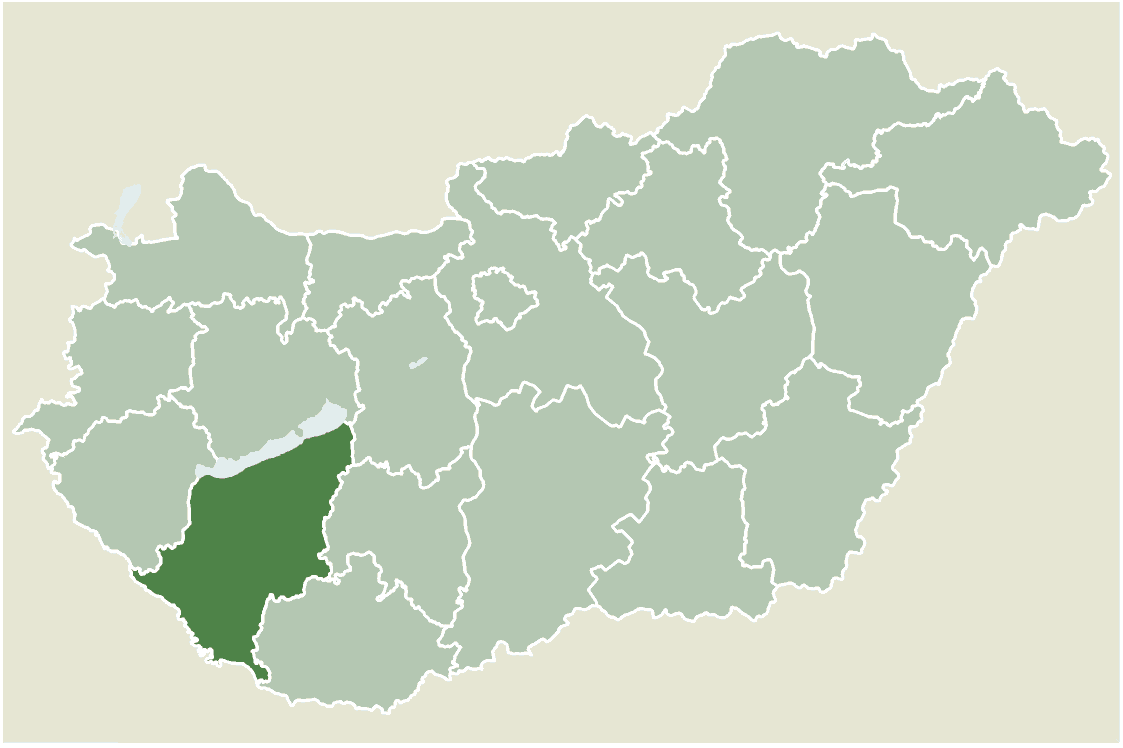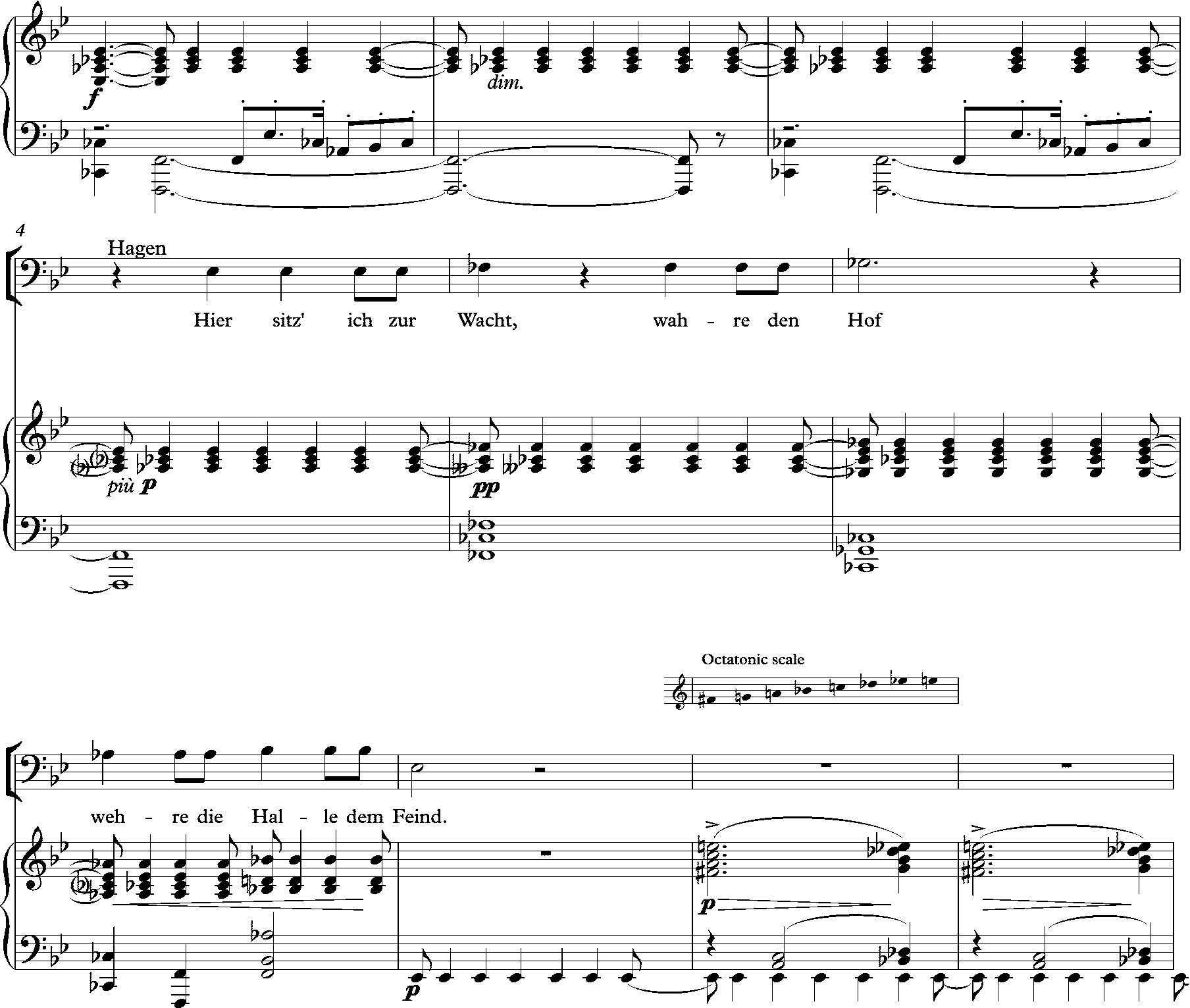|
Ernő Lendvai
__NOTOC__ Ernő Lendvai (6 February 1925 – 31 January 1993) was one of the first music theorists to write on the appearance of the golden section and Fibonacci series and how these are implemented in Bartók's music. He also formulated the axis system, acoustic scale and alpha chord. Lendvai was married to the pianist Erzsébet Tusa, and together they moved to Szombathely Szombathely (; german: Steinamanger, ; see also other alternative names) is the 10th largest city in Hungary. It is the administrative centre of Vas county in the west of the country, located near the border with Austria. Szombathely lies by t ... in 1949 to run a local music school. Selected works In Hungarian * Szimmetria a zenében (Kodály Intézet, 1994) * Verdi and Wagner (Bartók and the 19th century) (Kahn & Averill, 1988) * Verdi és a 20. század: A Falstaff hangzás-dramaturgiája (Zeneműkiadó, 1984) * Polimodális kromatika (Kodály Zoltán Zenepedagógiai Intézet, 1980) * Bartók ... [...More Info...] [...Related Items...] OR: [Wikipedia] [Google] [Baidu] |
Kaposvár
Kaposvár (; also known by other alternative names) is a city with county rights in the southwestern part of Hungary, south of Lake Balaton. It is one of the leading cities of Transdanubia, the capital of Somogy County, and the seat of the Kaposvár District and the Roman Catholic Diocese of Kaposvár. Etymology and names The name ''Kaposvár'' is derived from the Hungarian words ''kapu'' (gate) and ''vár'' (castle). Variants of the city's name include ''Ruppertsburg'' / ''Ruppertsberg'' / ''Kopisch'' (German), ''Kapoşvar'' ( Turkish), ''Rupertgrad'' ( Slovene), and ''Kapošvar'' ( Croatian). Symbols The shield of Kaposvár features a castle with a rounded arch port surmounted by three battlements with loopholes on a hill of green grass. The flag of Kaposvár consists of the coat of arms placed over a yellow background. Geography Kaposvár is surrounded by the hills of the outer Somogy area around the Kapos river and the forests of Zselic. It lies southwest of Budapes ... [...More Info...] [...Related Items...] OR: [Wikipedia] [Google] [Baidu] |
Szombathely
Szombathely (; german: Steinamanger, ; see also other alternative names) is the 10th largest city in Hungary. It is the administrative centre of Vas county in the west of the country, located near the border with Austria. Szombathely lies by the streams ''Perint'' and ''Gyöngyös'' (literally "pearly"), where the Alpokalja (Lower Alps) mountains meet the Little Hungarian Plain. The oldest city in Hungary, it is known as the birthplace of Saint Martin of Tours. Etymology The name ''Szombathely'' is from Hungarian ''szombat'', "Saturday" and ''hely'', "place", referring to its status as a market town, and the medieval markets held on Saturday every week. Once a year during August they hold a carnival to remember the history of "Savaria". The Latin name ''Savaria'' or ''Sabaria'' comes from ''Sibaris'', the Latin name of the river ''Gyöngyös'' (German ''Güns''). The root of the word is the Proto-Indo-European word ''*seu'', meaning "wet". The Austrian overflowing of the Gyö ... [...More Info...] [...Related Items...] OR: [Wikipedia] [Google] [Baidu] |
1993 Deaths
File:1993 Events Collage.png, From left, clockwise: The Oslo I Accord is signed in an attempt to resolve the Israeli–Palestinian conflict; The Russian White House is shelled during the 1993 Russian constitutional crisis; Czechoslovakia is peacefully dissolved into the Czech Republic and Slovakia; In the United States, the ATF besieges a compound belonging to David Koresh and the Branch Davidians in a search for illegal weapons, which ends in the building being set alight and killing most inside; Eritrea gains independence; A major snow storm passes over the United States and Canada, leading to over 300 fatalities; Drug lord and narcoterrorist Pablo Escobar is killed by Colombian special forces; Ramzi Yousef and other Islamic terrorists detonate a truck bomb in the subterranean garage of the North Tower of the World Trade Center in the United States., 300x300px, thumb rect 0 0 200 200 Oslo I Accord rect 200 0 400 200 1993 Russian constitutional crisis rect 400 0 600 200 ... [...More Info...] [...Related Items...] OR: [Wikipedia] [Google] [Baidu] |
1925 Births
Nineteen or 19 may refer to: * 19 (number), the natural number following 18 and preceding 20 * one of the years 19 BC, AD 19, 1919, 2019 Films * ''19'' (film), a 2001 Japanese film * ''Nineteen'' (film), a 1987 science fiction film Music * 19 (band), a Japanese pop music duo Albums * ''19'' (Adele album), 2008 * ''19'', a 2003 album by Alsou * ''19'', a 2006 album by Evan Yo * ''19'', a 2018 album by MHD * ''19'', one half of the double album ''63/19'' by Kool A.D. * ''Number Nineteen'', a 1971 album by American jazz pianist Mal Waldron * ''XIX'' (EP), a 2019 EP by 1the9 Songs * "19" (song), a 1985 song by British musician Paul Hardcastle. * "Nineteen", a song by Bad4Good from the 1992 album '' Refugee'' * "Nineteen", a song by Karma to Burn from the 2001 album ''Almost Heathen''. * "Nineteen" (song), a 2007 song by American singer Billy Ray Cyrus. * "Nineteen", a song by Tegan and Sara from the 2007 album '' The Con''. * "XIX" (song), a 2014 song by Slip ... [...More Info...] [...Related Items...] OR: [Wikipedia] [Google] [Baidu] |
Hungarian Music Theorists
Hungarian may refer to: * Hungary, a country in Central Europe * Kingdom of Hungary, state of Hungary, existing between 1000 and 1946 * Hungarians, ethnic groups in Hungary * Hungarian algorithm, a polynomial time algorithm for solving the assignment problem * Hungarian language Hungarian () is an Uralic language spoken in Hungary and parts of several neighbouring countries. It is the official language of Hungary and one of the 24 official languages of the European Union. Outside Hungary, it is also spoken by Hungarian ..., a Finno-Ugric language spoken in Hungary and all neighbouring countries * Hungarian notation, a naming convention in computer programming * Hungarian cuisine, the cuisine of Hungary and the Hungarians See also * * {{disambiguation Language and nationality disambiguation pages ... [...More Info...] [...Related Items...] OR: [Wikipedia] [Google] [Baidu] |
Hungarian Music Educators
Hungarian may refer to: * Hungary, a country in Central Europe * Kingdom of Hungary, state of Hungary, existing between 1000 and 1946 * Hungarians, ethnic groups in Hungary * Hungarian algorithm, a polynomial time algorithm for solving the assignment problem * Hungarian language, a Finno-Ugric language spoken in Hungary and all neighbouring countries * Hungarian notation, a naming convention in computer programming * Hungarian cuisine Hungarian or Magyar cuisine is the cuisine characteristic of the nation of Hungary and its primary ethnic group, the Magyars. Traditional Hungarian dishes are primarily based on meats, seasonal vegetables, fruits, bread, and dairy products. ..., the cuisine of Hungary and the Hungarians See also * * {{disambiguation Language and nationality disambiguation pages ... [...More Info...] [...Related Items...] OR: [Wikipedia] [Google] [Baidu] |
Alan Bush
Alan Dudley Bush (22 December 1900 – 31 October 1995) was a British composer, pianist, conductor, teacher and political activist. A committed communist, his uncompromising political beliefs were often reflected in his music. He composed prolifically across a range of genres, but struggled through his lifetime for recognition from the British musical establishment, which largely ignored his works. Bush, from a prosperous middle-class background, enjoyed considerable success as a student at the Royal Academy of Music (RAM) in the early 1920s, and spent much of that decade furthering his compositional and piano-playing skills under distinguished tutors. A two-year period in Berlin in 1929 to 1931, early in the Nazi Party's rise to power, cemented Bush's political convictions and moved him from the mainstream Labour Party to the Communist Party of Great Britain which he joined in 1935. He wrote several large-scale works in the 1930s, and was heavily involved with workers' cho ... [...More Info...] [...Related Items...] OR: [Wikipedia] [Google] [Baidu] |
Kassel
Kassel (; in Germany, spelled Cassel until 1926) is a city on the Fulda River in northern Hesse, Germany. It is the administrative seat of the Regierungsbezirk Kassel and the district of the same name and had 201,048 inhabitants in December 2020. The former capital of the state of Hesse-Kassel has many palaces and parks, including the Bergpark Wilhelmshöhe, which is a UNESCO World Heritage Site. Kassel is also known for the '' documenta'' exhibitions of contemporary art. Kassel has a public university with 25,000 students (2018) and a multicultural population (39% of the citizens in 2017 had a migration background). History Kassel was first mentioned in 913 AD, as the place where two deeds were signed by King Conrad I. The place was called ''Chasella'' or ''Chassalla'' and was a fortification at a bridge crossing the Fulda river. There are several yet unproven assumptions of the name's origin. It could be derived from the ancient ''Castellum Cattorum'', a castle of the ... [...More Info...] [...Related Items...] OR: [Wikipedia] [Google] [Baidu] |
Alpha Chord
An octatonic scale is any eight-note musical scale. However, the term most often refers to the symmetric scale composed of alternating whole and half steps, as shown at right. In classical theory (in contrast to jazz theory), this symmetrical scale is commonly called the ''octatonic scale'' (or the ''octatonic collection''), although there are a total of 42 enharmonically non-equivalent, transpositionally non-equivalent eight-note sets. The earliest systematic treatment of the octatonic scale was in Edmond de Polignac's unpublished treatise "Étude sur les successions alternantes de tons et demi-tons (Et sur la gamme dite majeure-mineure)" (''Study of the Succession of Alternating Whole Tones and Semitones (and of the so-called Major-Minor Scale)'') from c. 1879, which preceded Vito Frazzi's ''Scale alternate per pianoforte'' of 1930 by a full half-century. Nomenclature In Saint Petersburg at the turn of the 20th century, this scale had become so familiar in the circle of c ... [...More Info...] [...Related Items...] OR: [Wikipedia] [Google] [Baidu] |
Somogy County
Somogy ( hu, Somogy megye, ; hr, Šomođska županija; sl, Šomodska županija, german: Komitat Schomodei) is an administrative county (comitatus or ''megye'') in present Hungary, and also in the former Kingdom of Hungary. Somogy County lies in south-western Hungary, on the border with Croatia (Koprivnica-Križevci County and Virovitica-Podravina County). It stretches between the river Dráva and the southern shore of Lake Balaton. It shares borders with the Hungarian counties of Zala, Veszprém, Fejér, Tolna, and Baranya. It is the most sparsely populated county in Hungary. The capital of Somogy County is Kaposvár. Its area is 6,036 km2. History Somogy was also the name of a historic administrative county (comitatus) of the Kingdom of Hungary. Its territory, which was slightly larger than that of present Somogy County, is now in south-western Hungary. The capital of the county was and still is Kaposvár. Demographics In 2015, it had a population of 312,084 an ... [...More Info...] [...Related Items...] OR: [Wikipedia] [Google] [Baidu] |
Acoustic Scale
In music, the acoustic scale, overtone scale, Lydian dominant scale, Lydian 7 scale, or the Pontikonisian Scale is a seven-note synthetic scale. : This differs from the major scale in having an augmented fourth and a minor seventh scale degree. It is the fourth mode of the melodic minor ascending scale. The term "acoustic scale" is sometimes used to describe a particular mode of this seven-note collection (e.g. the specific ordering C–D–E–F–G–A–B) and is sometimes used to describe the collection as a whole (e.g. including orderings such as E–F–G–A–B–C–D). History In traditional music, the overtone scale persists in the music of peoples of South Siberia, especially in Tuvan music. Overtone singing and the sound of the Jew's harp are naturally rich in overtones, but melodies performed on the igil (bowed instrument distantly related to the violin) and plucked string instruments such as the doshpuluur or the chanzy also often follow the overtone sc ... [...More Info...] [...Related Items...] OR: [Wikipedia] [Google] [Baidu] |




_1572.jpg)


